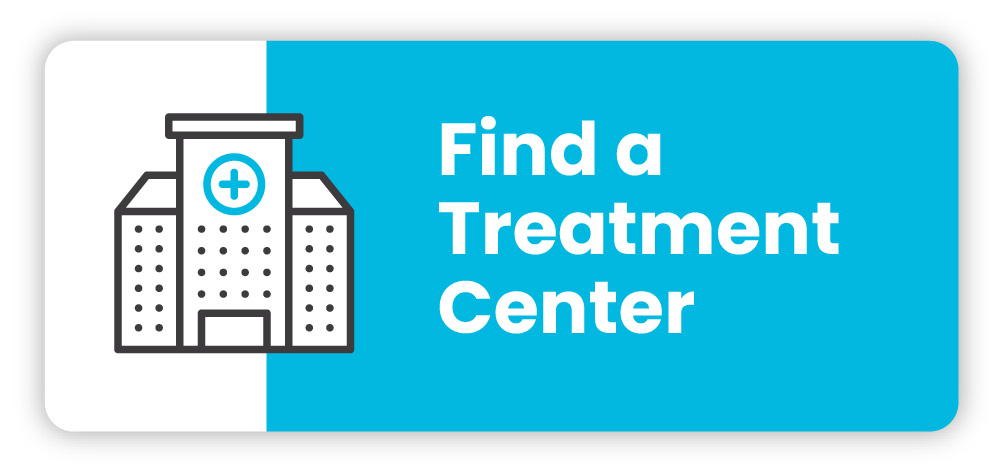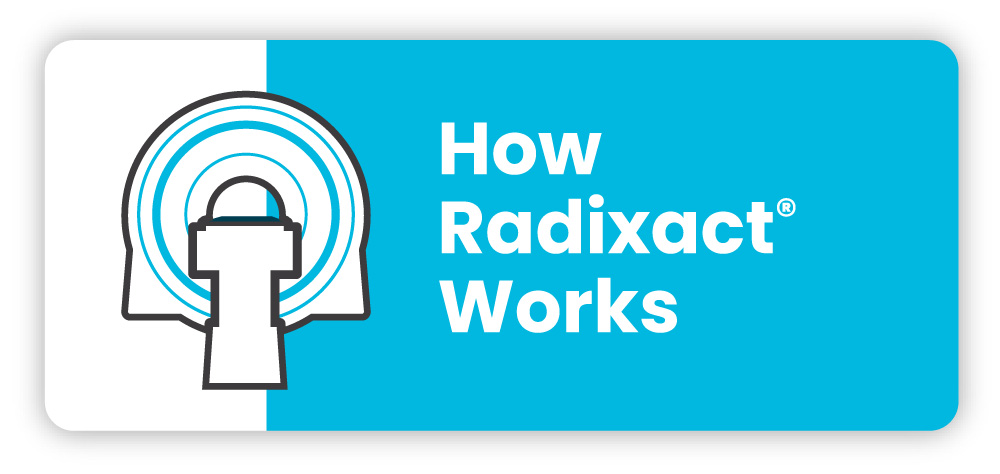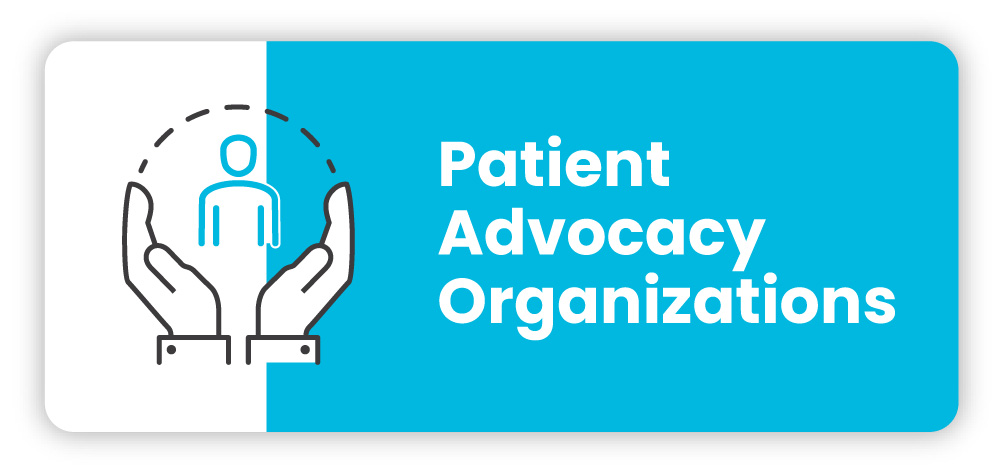Diagnosis: Squamous cell carcinoma at base of tongue and in two lymph nodes.
Date Diagnosed: June 2006
In Mike’s Own Words: “I can infer from my experience with radiation and how I tolerated it versus others who went through other types of radiation, that I made the best decision with my treatment choice. A lot of people have to wait a year before returning to work and I was back in six weeks.”
Five-Year, Cancer-Free Date: October 2011.
Follow Ups: Mike will have to get an X-ray and check up each year to confirm that there are no recurrences of the cancer.
As of the publication of this story in June 2012, Mike has remained cancer free.
Living cancer free for six years after his initial diagnosis of squamous cell carcinoma, Mike said it’s important to let other patients know that “life does go on…there was a period in my life when that was impossible to believe. But then a day comes when you wake up and realize that life is back to where it was before you found out you had cancer. And then you realize that you don’t have to drag this thing around anymore.”
There are a few things you’ll quickly learn about Mike: he’s a true leader and a real family man. It was a combination of these traits – along with desire to seek superior care – that helped Mike defeat cancer, and remain cancer free for more than six years since his TomoTherapy® treatments.
In April 2006, Mike first noticed a lump on the left side of his neck, just under the jaw line. “Like most people, I didn’t think much of it at first,” he said. “After several weeks, it hadn’t gone away and it started to get a little bigger and that’s when it started to concern me.”
Mike decided to get it checked out by his Primary Care Provider, who told him to follow up with an Ear, Nose and Throat (ENT) specialist. That’s when panic set in. After a biopsy, Mike was diagnosed with squamous cell carcinoma that had originated at the base of his tongue and had spread to two lymph nodes in his neck.
Haunted by memories of his mother’s death from lung cancer a few years before, Mike was determined to take a more active role in his cancer care, and he set out to find the best treatment possible.
First Mike needed delicate surgery, after which his surgeon also recommended that Mike start a course of radiation treatment. In researching different types of radiation treatments, Mike met with Dr. Glenn Tonnesen at Inova Fairfax Hospital Cancer Center in Virginia.
“I explained to Mike that there are lots of linear accelerators doing IMRT (intensity-modulated radiation therapy) that just weren’t designed to do it,” said Dr. Tonnesen. “The only machine designed from the ground up to do IMRT is TomoTherapy. So, if you want to sculpt the dose and aim at one thing and miss another there is no other option. I think that’s what appealed to Mike—that this was a purposeful machine designed to do exactly what he wanted.”
“Mike was a good candidate for TomoTherapy because he had disease only on one side of his tongue and neck,” said Dr. Tonnesen. “Therefore, we wanted to treat the areas of high risk and skip the rest.” He continued to explain that avoiding the salivary glands and spinal cord, and preserving Mike’s ability to easily taste and swallow, were very important.
Mike received 35 radiation treatments over the course of seven weeks on the TomoTherapy Hi•Art® System. A daily CT image was taken before each treatment to make sure Mike was lined up as precisely as possible.
“Since we’ve started using TomoTherapy’s daily CT, we have learned that our patient set-ups are more precise than relying exclusively upon masks, lasers and skin marks,” said Dr. Tonnesen. “As carefully as we try to set patients up, the TomoTherapy daily CT usually shows they need to be moved millimeters on average every day.”
Mike didn’t completely lose his taste as a result of the TomoTherapy treatment, but he said that nothing tasted good or right for awhile. However, his taste quickly returned to normal. A lingering side effect is a bit of dry mouth while eating or talking a lot, but water helps with that. While Mike noted that it’s hard to compare his experience to others treated on more conventional machines, he is convinced that he fared better than many fellow patients from his support group.
“I’ve heard from others who have had terrible dry mouth for years afterwards. While I had some mouth sores during the process, I know of others whose mouths were so inflamed that even drinking was horrible. They’ve told me their skin was burned. I didn’t experience that, just some mild redness was the extent of it.” Mike said he had heavy mucous as the treatments wore on, but it was gone a week after treatment. “One gentleman I spoke with still has to deal with that heavy mucous years after treatment.”
Looking back at his choice of TomoTherapy treatments, Mike said, “I can infer from my experience with radiation and how I tolerated it versus others who went through other types of radiation, that I made the best decision with my treatment choice. A lot of people have to wait a year before returning to work and I was back in six weeks. People were shocked that I returned to work and a normal schedule so quickly.”



